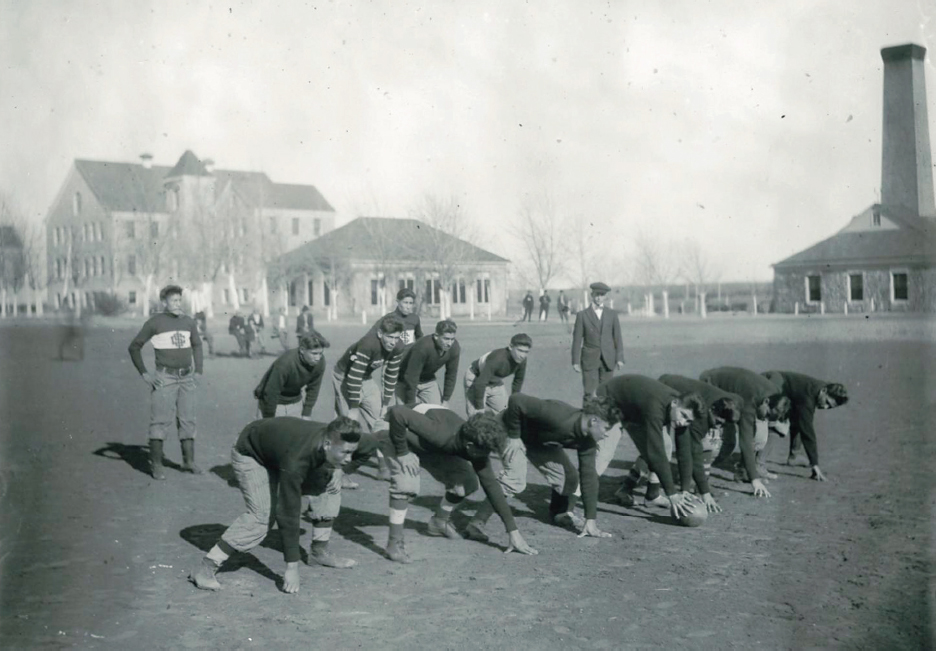America’s History: Printed Page 541
America: A Concise History: Printed Page 495
America’s History: Value Edition: Printed Page 479
A Diverse, Urban Society
 National Archives.
National Archives.
While the old values of thrift, piety, and domesticity never entirely faded, they faced challenges in the era of industrialization. Women asserted more independent roles in public life. The new model for men was an aggressive masculinity, embodied in the rise of sports. Widespread acceptance of Charles Darwin’s theory of evolution prompted influential thinkers to justify economic inequality as a law of nature. In culture, the rise of literary realism and abstract art marked decisive innovations. Responding to these upheavals, people of religious faith reshaped their institutions. Some accepted modernity, while others called for a return to Christian “fundamentals.” See Chapter 18 for these developments.
Great cities arose, becoming playgrounds for the new superrich while also housing millions of poor immigrants in tenements. At the same time, people of all classes in the vibrant cities enjoyed new pleasures, from amusement parks to vaudeville and movies. The fast-growing cities proved challenging to govern. To the frustration of middle-class reformers, many immigrant voters supported political machines like New York’s Tammany Hall. By 1900, though, even some machine leaders admitted the need for reform, and big cities began to serve as seedbeds for progressive experiments. On these developments, see Chapters 18 and 19.